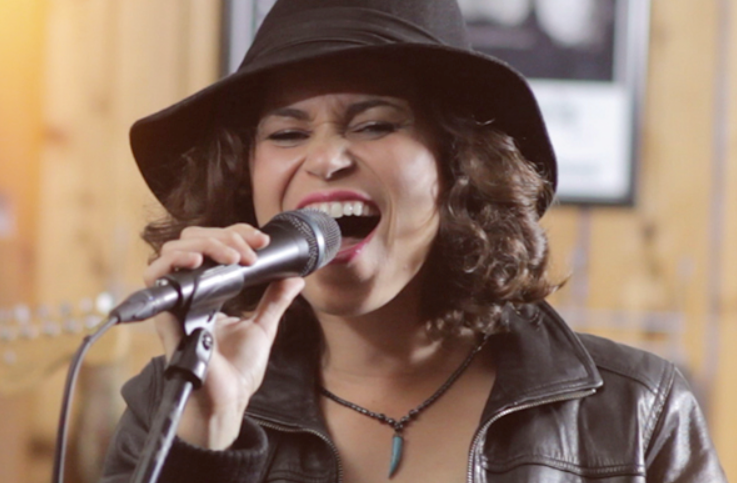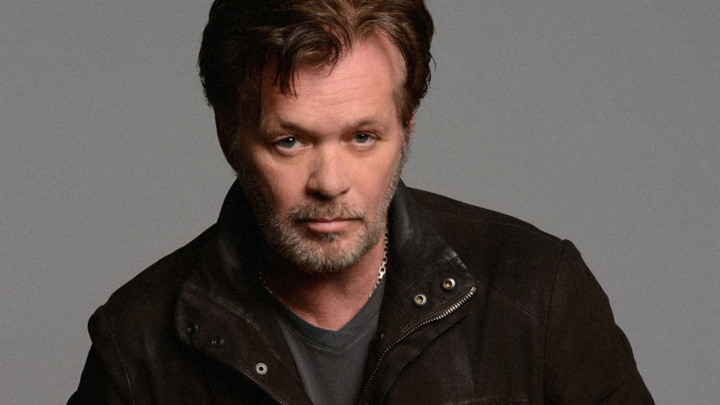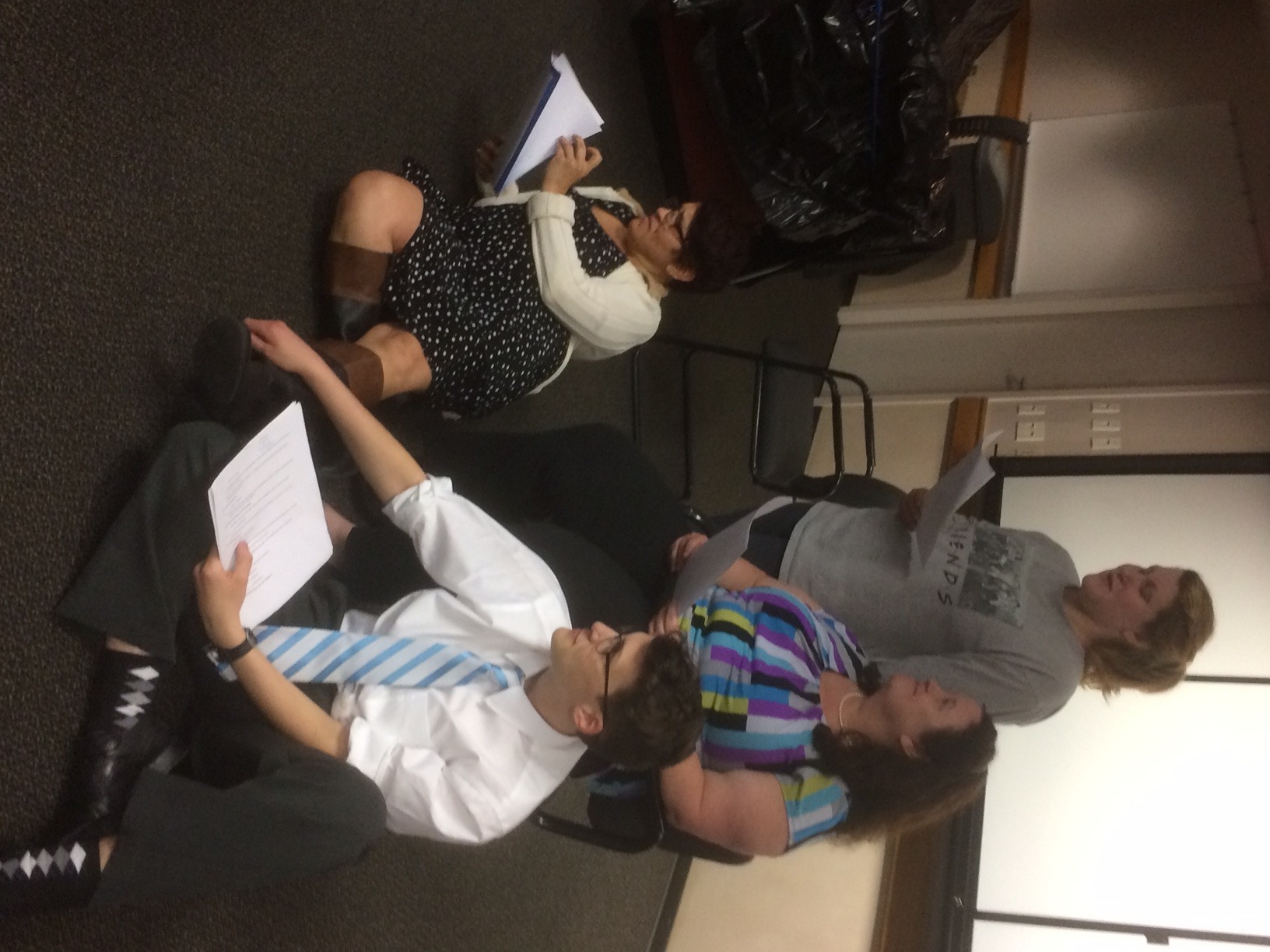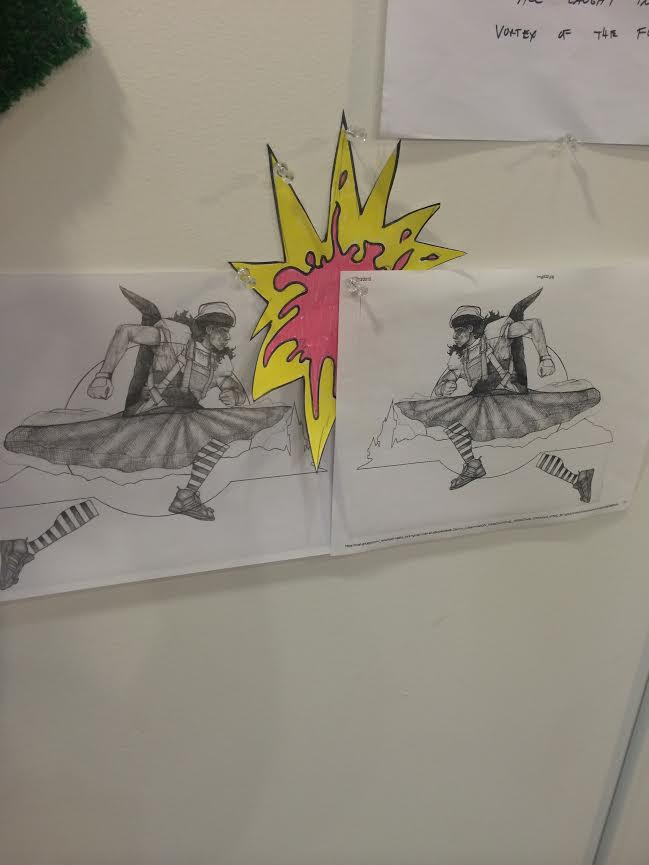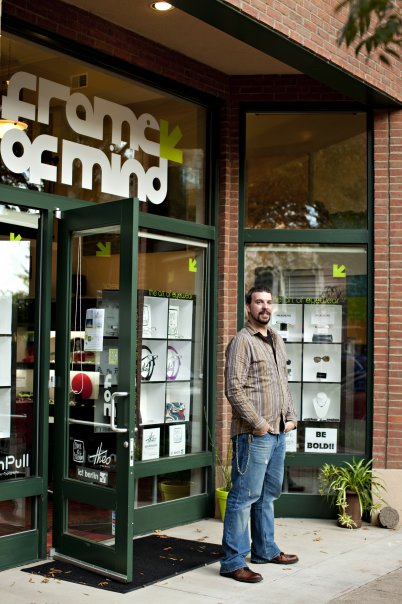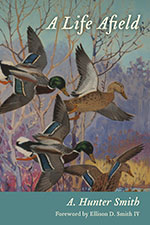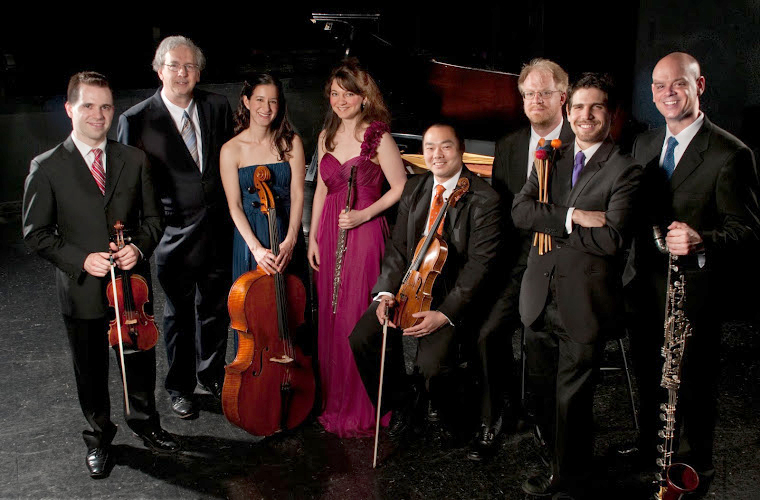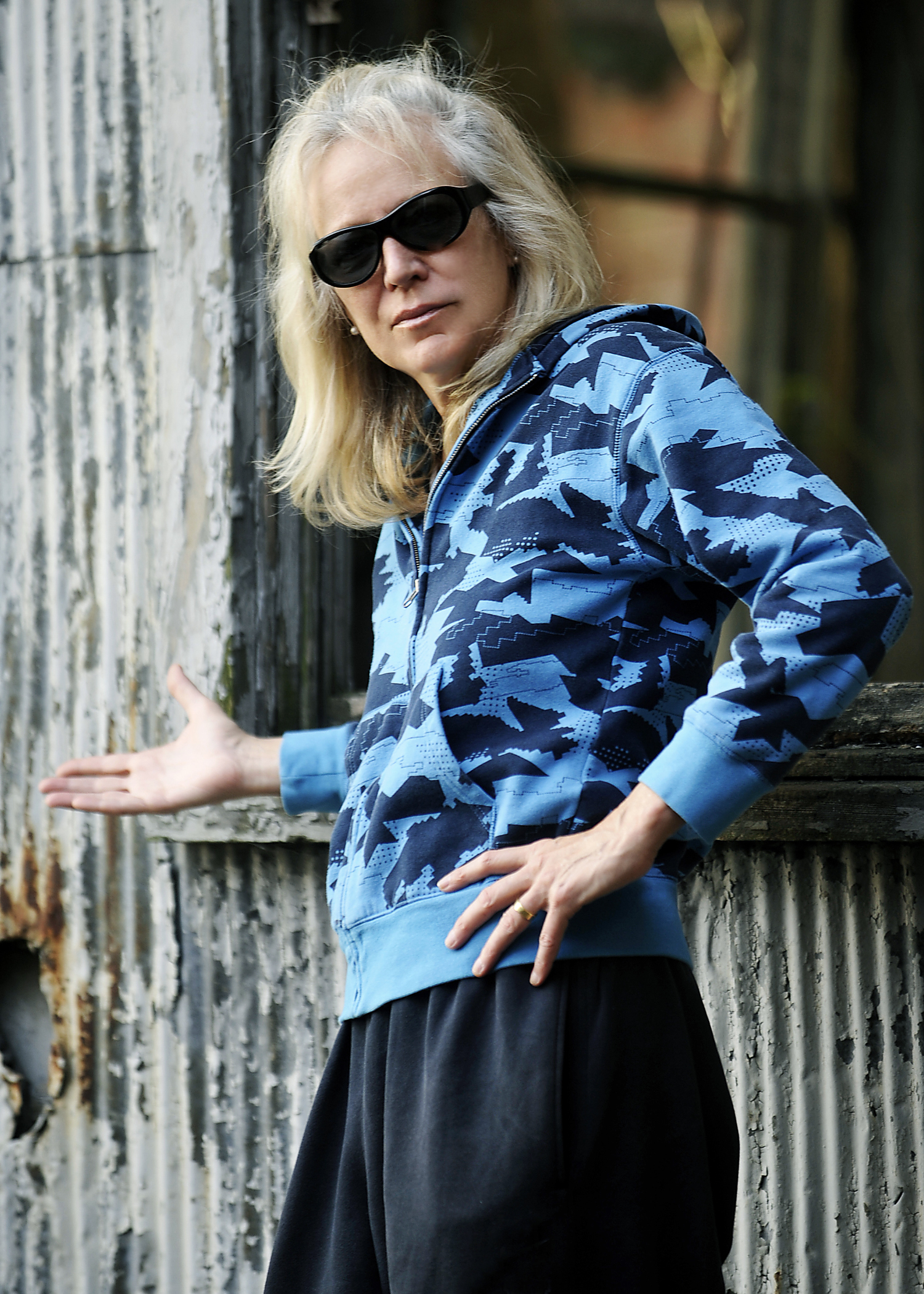 After finishing college in 2003, Hannah Miller moved to Columbia for a band that ended up breaking up, but that didn’t stop her from pursuing her music career.
After finishing college in 2003, Hannah Miller moved to Columbia for a band that ended up breaking up, but that didn’t stop her from pursuing her music career.
She decided it was time to go solo, and she’s being doing it ever since. She ended up staying in Columbia for seven years, but in December of 2010, Miller moved to Nashville, where she currently lives and works.
Her self-named umbrella genre “pop/folk/soul” was relatively isolated in Columbia, but settled nicely into the Nashville scene. Miller is known in the folk community for her bluesy, singer-songwriter sound paired with her charming voice, and has released several albums and singles over the last 12 years, including her 2008 debut LP Into the Black and a trio of polished EPs that followed her move to Music City.
Miller is currently experiencing a surprising flood of interest thanks to a viral video created by filmmaker Danny Cooke that used one of Miller’s new songs, “Promise Land,” to soundtrack drone footage taken of Chernobyl and the abandoned city of Pripyat, Ukraine. The video got an airing on 60 Minutes and has since gone on to get over 2 million views. “Promise Land” is available on iTunes now, but will also be on her new album, which she’s taking pre-orders for at her website here.
https://www.youtube.com/watch?v=oNV5Sq28Mp4
On Saturday, March 7th, Miller is set to play at Music Farm Columbia with her fellow Nashville-based and Soda City ex-pat Patrick Davis. Jasper was able to catch up with Hannah Miller and chat a bit about starting her career in Columbia, how the industry has treated her, and what she’s up to now.
Jasper: Can you tell me a little bit about your experience in Columbia when you first got into the music business solo?
Hannah Miller: Well, I was very young and inexperienced — I was just starting out, I had no idea what I was doing. Columbia was a really respective, welcoming place for me to start, I think. I remember sending the Free Times my very homemade demo that I made on my computer—that sounded awful—and they actually reviewed it and said nice things about it.
It was a great place for me to grow. There was a welcoming vibe about it — no one was snobby, I wasn’t looked down upon for just being a beginner. So, I’ve always appreciated that. I would just take my guitar and travel around to open mics and coffee shops around Columbia. It was a good place to be for traveling easily — Charlotte, Atlanta, Charleston are all right around there.
I’ve always thought it was a good thing that I started there.
Jasper: How is the community support for folk musicians in Columbia? What was it like starting out in that genre?
Hannah Miller: I felt like it was pretty supportive. I mean, it’s on a very small scale compared to Nashville because there were just not as many people doing it, so sometimes I felt a little isolated. No one was really doing that — none of my friends were really musicians in Columbia. But as far as the people that were doing it, I found it really supportive, and not competitive or anything.
I remember going to the South Carolina Musicians Guild, so that was a great community I got plugged into. I always felt accepted, and not judged. The only negative for me was the amount of people doing it — there weren’t that many.
Jasper: Do you feel connected to the music community in Columbia now, if at all? How do you think it has changed over the years?
Hannah Miller: I can’t say that I really feel connected anymore. I don’t know who’s playing anymore. I used to recognize names, knew them personally or at least had met whoever was playing, and now when I’m traveling through, and I hear who’s playing, I hardly ever recognize who it is or have met them.
I feel like it’s grown since I lived there, but I don’t know if that’s a matter of it being a different class of people. I don’t know if it’s growing, or if it’s different people doing it.
I feel like when I was there it was a little better of a time for venues, or places to play. Since I’ve been gone, it seems like a lot of places have closed, like the White Mule, I loved playing there.
As far as the listening room type of environments I like to play, it didn’t seem as hard to find, when I was in Columbia, to find places to play as it is now, trying to go back.
I’m excited that Music Farm is a new venue in Columbia, and I hope that my music will be better received there. I just feel like it’s kind of been a struggle, because it was going strong there for a while and now a lot of venues closed down and it feels like there’s no where to play.
Jasper: What has it been like climbing the popularity ladder? Was there any specific moment where you felt as if you “made it”?
Hannah Miller: No, [Laughs] not really. I don’t know who said this quote, but it was something like “No success is permanent, and no failure is permanent,” and I feel like that’s very true in music. If you think, “Oh, people are paying attention,” it goes away very quickly — then you could think, “Ugh, this sucks, nobody cares,” or no one came to your show or something, but that’s not permanent either. For me, it’s just up and down.
The biggest thing, recently, this video used a song of mine, and it went viral with millions of views. It was just kind of like, “Cool, this is happening!” Even then, I just never trust in that place of feeling successful, because it’s probably going to go away and I’ll have a time when it’s quiet and not much is going on.
I don’t feel like there’s ever a “made it” place — there’s making it, then not making it, then making it again… you know. I feel like it you go to a place where Bono and U2 is, you could say, “yeah, I’ve made it.” [Laughs] But for independent artists like me, it is just moments of success and glory, followed by moments of failure and depression.
Jasper: [Laughs] Well, I guess that’s true. How does Nashville’s arts scene compare to a smaller, less music-centric city arts scene like Columbia?
Hannah Miller: Nashville is just great — on one level, you don’t feel like a weirdo anymore. All your friends are musicians, they know what you’re going though, and they don’t look at you weird when you tell them you’re a singer-songwriter. [Laughs] Everybody’s doing it, everybody understands the struggle of it, and that’s cool.
And on the other hand, you could be in town and working. Versus in Columbia, I would always have to travel and book shows outside of Columbia, because there’s just not that many opportunities to play in town, other than just playing cover gigs at a bar, which I didn’t really want to do. So if you wanted regular work, you have to book shows and travel.
I just had a baby last year, so I had to cut back on traveling. So, it’s a great place to be if you want to focus on songwriting and recording, but you can play all over Nashville all the time if you want to, too. It’s just such a huge scene, and the audiences aren’t going to overlap that much, because there are a lot of tourists. You’re always playing for different people, so you’re not necessarily burning out your welcome, even if you play at the same venue every night.
Those things I’ve found to be really great about Nashville. There’s so much going on, so even if you’re not doing it, you still feel like you’re in the middle of it — your friends are doing it, they’re doing cool things and you can live vicariously through them. There’s a lot of music going on, so it’s kind of a cool vibe here.
Jasper: What brought you back to Columbia for your show in March? Was it just by chance?
Hannah Miller: Yeah, that was just my friend Patrick Davis — he invited me to play with him. We’ve done some shows together and he’s really great, so I always try and say yes when he invites me to play, so that’s what brought me back this time.
I’ve tried to play [in Columbia] once or twice a year, to try and stay connected a little bit to my home base.
I haven’t been back that much — this will be my first show in Columbia for a while, I think, maybe even a couple years. I don’t know, I can’t remember the last time I played in Columbia, which is crazy. [Laughs]
Jasper: So how does it feel to come back and perform here? Is there a sentimental aspect to it?
Hannah Miller: I mean, a little bit. It feels—I don’t know—different. When I first moved away and I would come back to play, it would feel like some kind of homecoming — a show with a bunch of friends that I hadn’t seen in a while. So when you’ve been gone for five years, it’s kind of changed. More people I don’t recognize will be at the show. It’s not as much about, “Aw, my friends are here” and playing music for fans, more than just old friends.
But, we can still get some old friends to come to the show, and that’s cool. I also love being able to come and eat at old places that I miss. [Laughs] So I guess it is a bit like a homecoming.
-Jasper Intern Erika Ryan

